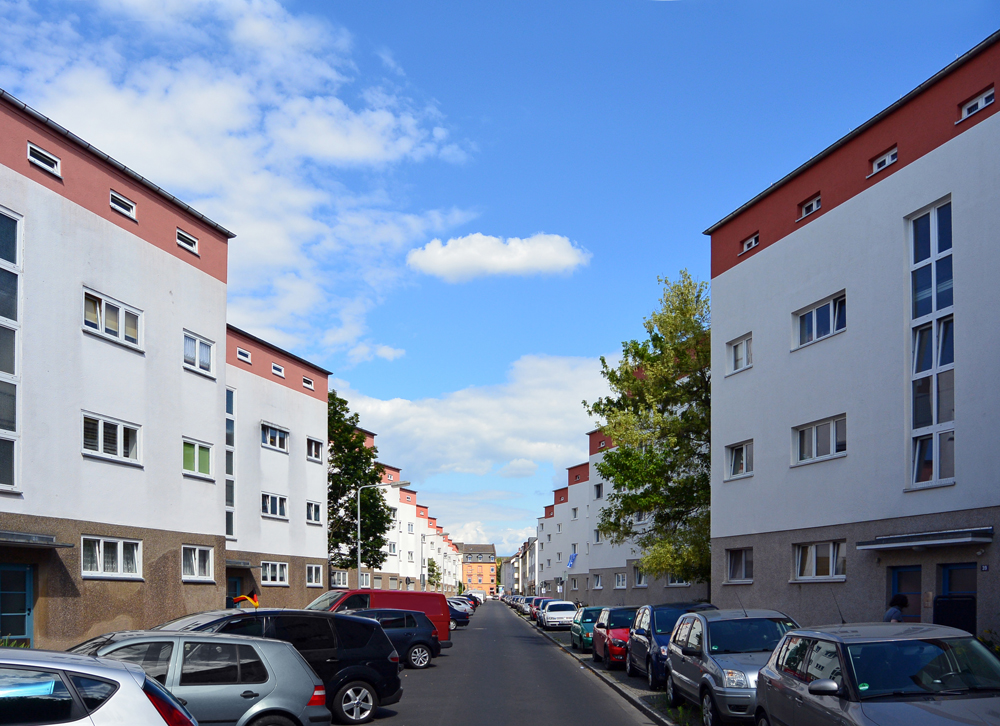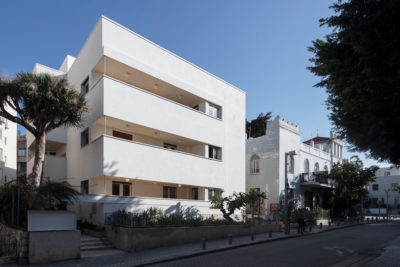Ludwig Landmann
German Jewish politician and Mayor of Frankfurt.
A leading light in the construction of post-WW1 Frankfurt am Main, he studied law in Heidelberg, Berlin and Munich
He created the Neues Frankfurt (New Frankfurt) housing project with architect and city planner Ernst May and Jewish City Treasurer Bruno Asch. The trio formed the ‘centre of gravity of the magistrate in the Weimar Republic’* and their style of working was nicknamed the ‘Landmann-Asch-May system’ by critics.
He brought the Nassauische Heimstätte (Nassau Homestead) housing development company to Frankfurt in 1925. Its values chimed perfectly with Landsmanns’. Its mission was to improve the dire living conditions of too many and to create suitable, well-thought-out, affordable homes and small housing developments. Ernst May was made Deputy Chairman of its Supervisory Board. Notable projects included Hellerhof, Westhausen and Praunheim. Typical homes had Margarete Schütte-Lihotzky’s Frankfurt Kitchens and were, as we are now familiar with in social housing, a standardised home layout. Of the planned 10,000 homes planned, approximately 5000 were built between 1928-1932.
His vision went further – he understood the emerging power of the car and was a leading advocate for the Association for the Preparation of the Hanseatic Cities-Frankfurt-Basel Motorway aka HaFraBa. He also created a dedicated airport for Frankfurt.
More than a significant political leader in Frankfurt, Landsmann was a noted national leader of the Weimar era; he put Frankfurt firmly on the architectural and cultural map – today, if we think about the Bauhaus, we must think about Neues Frankfurt alongside it.
The day before the Nazis came to power on 12th March 1933, Landsmann was threatened and resigned from office. He was immediately removed from the state projects he had a hand in. He left the city to move to Berlin. However, he became a public target blamed for leaving Frankfurt in financial straits due to his ‘megalomaniac economic management’. The local authority immediately froze his pension (later briefly reinstated). He caught a train to Cologne to meet his wife escaping arrest, and according to Rotary in Germany ‘moved to Berlin while friends were clearing out their apartment in Frankfurt. He suffered a heart attack. In Berlin, he lived a completely secluded life. In July 1939, he received formal permission (with its accompanying extortionate payments to the Reich for leaving the country) to cross the border to Holland with his Dutch-born wife; however, the reprieve was short-lived, and he further weakened by another heart attack when Germany occupied Holland in May 1940. He suffered greatly during the war in hiding; the subject of financial targeting, he was left poverty-stricken. He tragically died from heart failure and malnutrition in March 1945.
Today, a portrait of Ludwig Landsmann hangs in Frankfurt’s Town Hall
Ludwig Landsmann 18 May 1868 – 5 March 1945
Reading tip!
*Dieter Rebentisch







